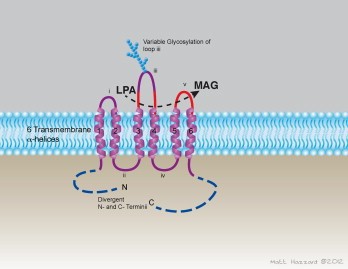Dr. Ryan Temel co-authors article published in Trends in Pharmacological Sciences
RCT is a multiorgan pathway that facilitates the removal of excess cholesterol from the body and this homeostatic pathway is conserved across a wide range of organisms 6, 7, 8, 24, 25 and 26. Importantly, elevated flux through the RCT pathway is thought to protect against CVD primarily by facilitating cholesterol removal from macrophage foam cells within the atherosclerotic plaque 6, 7 and 8. The vast majority of the literature assumes that RCT involves the sequential movement of macrophage-derived cholesterol from peripheral tissues to the liver for excretion into bile and subsequent loss through the feces 6, 7 and 8. In this well-accepted model, biliary secretion of cholesterol is a requisite for the final step of RCT; namely, fecal cholesterol and bile acid excretion 6, 7 and 8. Relevant to this review, emerging evidence supports an unexpected role for the small intestine in actively secreting plasma-derived cholesterol through a process that does not rely on hepatobiliary cholesterol secretion 9, 10, 11, 12, 13, 14, 15, 16, 17 and 18. The identification of this non-biliary pathway largely stems from multiple observations where biliary cholesterol secretion does not predict the amount of cholesterol in the feces 10, 27, 28, 29, 30, 31 and 32. Given that several recent reviews have been written surrounding the mounting evidence for the non-biliary TICE pathway 10, 27, 28, 29, 30, 31 and 32, we refer the reader to these excellent resources for a historical perspective. (Full text here)
